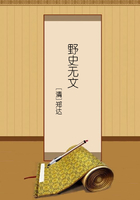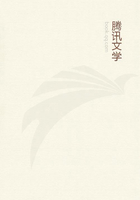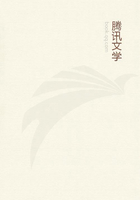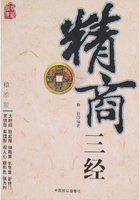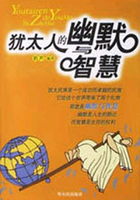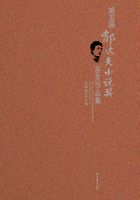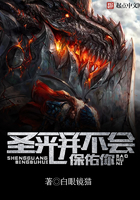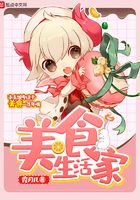As an example of a dim evolutionary idea, note the myths of the various ages as reported by Mendieta, according to which there were five earlier ages "or suns" of bad quality, so that the contemporary human beings were unable to live on the fruits of the earth.
The less philosophic and more popular Aztec legend of the commencement of the world is mainly remarkable for the importance given in it to objects of stone. For some reason, stones play a much greater part in American than in other mythologies. An emerald was worshipped in the temple of Pachacamac, who was, according to Garcilasso, the supreme and spiritual deity of the Incas. The creation legend of the Cakchiquels of Guatemala
makes much of a mysterious, primeval and animated obsidian stone.
In the Iroquois myths stones are the leading characters. Nor did Aztec myth escape this influence.
Brinton, Annals of the Cakchiquels.
Erminie Smith, Bureau of Ethnol. Report, ii.
There was a god in heaven named Citlalatonac, and a goddess, Citlalicue. When we speak of "heaven" we must probably think of some such world of ordinary terrestrial nature above the sky as that from which Ataentsic fell in the Huron story. The goddess gave birth to a flint-knife, and flung the flint down to earth.
This abnormal birth partly answers to that of the youngest of the Adityas, the rejected abortion in the Veda, and to the similar birth and rejection of Maui in New Zealand. From the fallen flint-knife sprang our old friends the magnified non-natural beings with human characteristics, "the gods," to the number of 1600. The gods sent up the hawk (who in India and Australia generally comes to the front on these occasions), and asked their mother, or rather grandmother, to help them to make men, to be their servants.
Citlalicue rather jeered at her unconsidered offspring. She advised them to go to the lord of the homes of the departed, Mictlanteuctli, and borrow a bone or some ashes of the dead who are with him. We must never ask for consistency from myths. This statement implies that men had already been in existence, though they were not yet created. Perhaps they had perished in one of the four great destructions. With difficulty and danger the gods stole a bone from Hades, placed it in a bowl, and smeared it with their own blood, as in Chaldea and elsewhere. Finally, a boy and a girl were born out of the bowl. From this pair sprang men, and certain of the gods, jumping into a furnace, became sun and moon. To the sun they then, in Aztec fashion, sacrificed themselves, and there, one might think, was an end of them. But they afterwards appeared in wondrous fashions to their worshippers, and ordained the ritual of religion. According to another legend, man and woman (as in African myths) struggled out of a hole in the ground.
Authorities: Ixtlil.; Kingsborough, ix. pp. 205, 206; Sahagun, Hist. Gen., i. 3, vii. 2; J. G. Muller, p. 510, where Muller compares the Delphic conception of ages of the world; Bancroft, iii. pp. 60, 65.
The myths of the peoples under the empire of the Incas in Peru are extremely interesting, because almost all mythical formations are found existing together, while we have historical evidence as to the order and manner of their development. The Peru of the Incas covered the modern state of the same name, and included Ecuador, with parts of Chili and Bolivia. M. Reville calculates that the empire was about 2500 miles in length, four times as long as France, and that its breadth was from 250 to 500 miles. The country, contained three different climatic regions, and was peopled by races of many different degrees of culture, all more or less subject to the dominion of the Children of the Sun. The three regions were the dry strip along the coast, the fertile and cultivated land about the spurs of the Cordilleras, and the inland mountain regions, inhabited by the wildest races. Near Cuzco, the Inca capital, was the Lake of Titicaca, the Mediterranean, as it were, of Peru, for on the shores of this inland sea was developed the chief civilisation of the new world.
As to the institutions, myths and religion of the empire, we have copious if contradictory information. There are the narratives of the Spanish conquerors, especially of Pizarro's chaplain, Valverde, an ignorant bigoted fanatic. Then we have somewhat later travellers and missionaries, of whom Cieza de Leon (his book was published thirty years after the conquest, in 1553) is one of the most trustworthy. The "Royal Commentaries" of Garcilasso de la Vega, son of an Inca lady and a Spanish conqueror, have often already been quoted. The critical spirit and sound sense of Garcilasso are in remarkable contrast to the stupid orthodoxy of the Spaniards, but some allowance must be made for his fervent Peruvian patriotism. He had heard the Inca traditions repeated in boyhood, and very early in life collected all the information which his mother and maternal uncle had to give him, or which could be extracted from the quipus (the records of knotted cord), and from the commemorative pictures of his ancestors. Garcilasso had access, moreover, to the "torn papers" of Blas Valera, an early Spanish missionary of unusual sense and acuteness. Christoval de Moluna is also an excellent authority, and much may be learned from the volume of Rites and Laws of the Yncas.
A more complete list of authorities, including the garrulous Acosta, is published by M. Reville in his Hibbert Lectures, pp.
136, 137. Garcilasso, Cieza de Leon, Christoval de Moluna, Acosta and the Rites and Laws have all been translated by Mr. Clements Markham, and are published, with the editor's learned and ingenious notes, in the collection of the Hakluyt Society. Care must be taken to discriminate between what is reported about the Indians of the various provinces, who were in very different grades of culture, and what is told about the Incas themselves.

